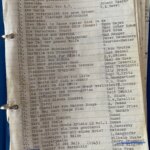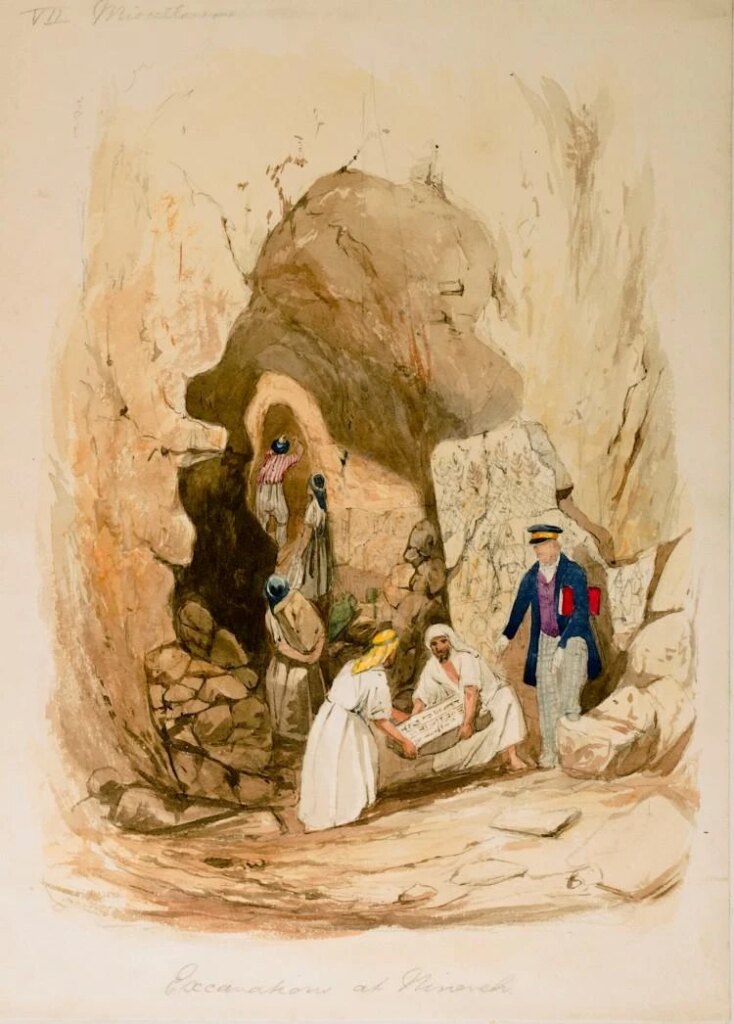The library of Ashurbanipal is one of the true wonders of the ancient world. Discover how the Assyrian king’s collection of texts connects us to our past.
Mesopotamia—modern-day Iraq, broadly speaking—is rightly known as the cradle of civilization. Along the Tigris and Euphrates rivers, great empires rose and fell, leaving behind an incredible archaeological record.
The Sumerians, the Akkadians, the Babylonians, and other groups, ruled over this land in the Bronze and Iron Ages. But it was another civilization that has left us with arguably the most profound connection to this period – the civilization of Assur, the Assyrians.
The Last Great King of Assyria
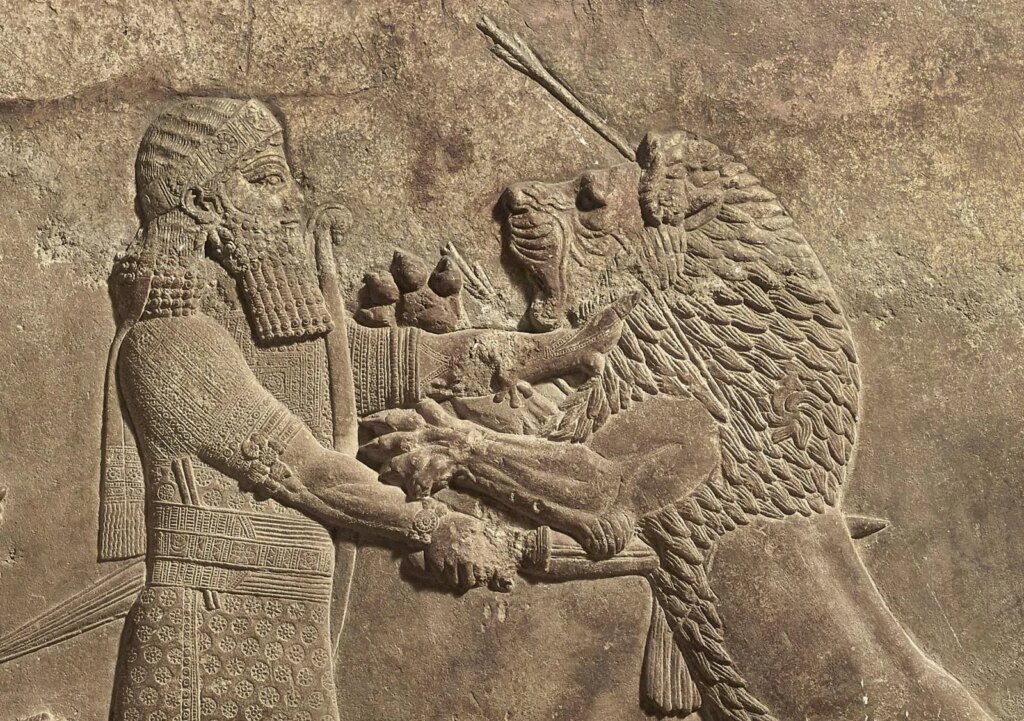
By the Sixth Century BCE, Assyria was already almost two thousand years old. Assur had been founded around 2600 BCE, and became an independent city-state in 2025 BCE, ruled by Puzur-Ashur I – the earliest of the Assyrian kings.
Over the coming centuries, Assyria grew from the status of a city-state to an empire, and Assur became the nexus of power in the Middle East. By the time Esarhaddon sat on the Assyrian throne between 681 and 669 BCE, the empire was the dominant force in the region, stretching from the verdant Nile valley in the south to the Armenian Caucuses in the north.

But it is Esarhaddon’s son who is perhaps the most famous of all the Assyrian kings. Ashurbanipal ruled over the empire for 38 glorious years. Like his predecessors, Ashurbanipal was known as a strong military leader, and a firm governor. But he was something else too – he was a lover of literature, of learning, of science and philosophy, and of the possibilities of the human mind.
Ashurbanipal’s Library
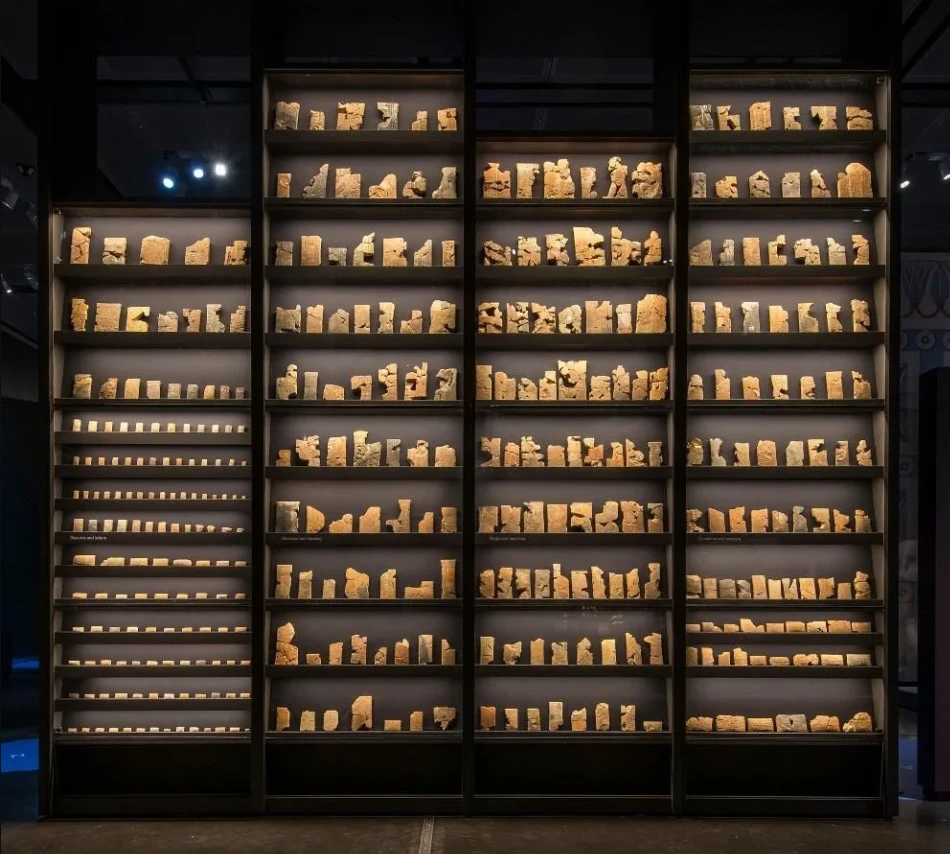
Assur had ceased to be the capital of Assyria in 879 BCE. That honor passed to Nimrud, and then Dur-Sharrukin, before Nineveh became capital in 705 BCE. Over the next half a century, rulers Sennacherib and Esarhaddon would make Nineveh a great city – a jewel of the ancient world. But it was Ashurbanipal who would give Nineveh perhaps its most famous building.
This is, of course, the library that bears Ashurbanipal’s name. As well as being a military leader, Ashurbanipal was known as an intellectual – he was fluent in the Akkadian and Sumerian languages and was an avid collector of texts from across his lands.
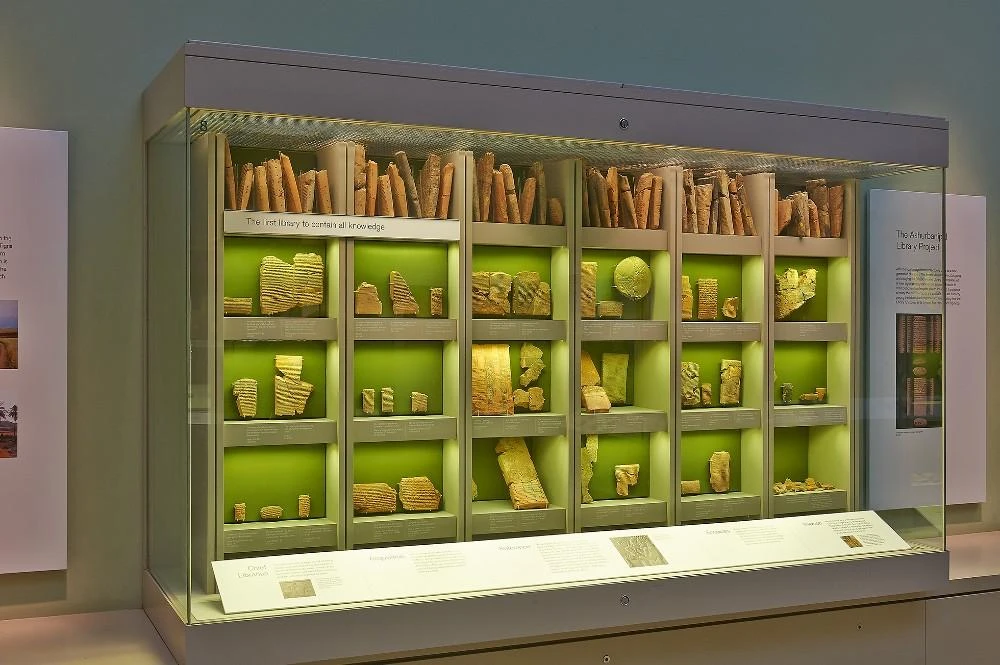
In Nineveh, he brought together around 30,000 tablets and writing boards. These texts vary in their nature and subject matter. Many, as you might expect, focused on religion, on prayers, incantations, and hymns. But others collected what must have been the cutting edge scientific understanding of the day, and meditations on astronomy and medicine.
Some of the most famous examples of literature from the ancient Middle East were found within the library. The Poor Man of Nippur – an Akkadian tale from the 15th Century BCE – and the Enūma Eliš creation mythology of the Babylonians were both collected here. As was the famous Epic of Gilgamesh, the Sumerian text is believed to be one of the oldest works of literature in the world.
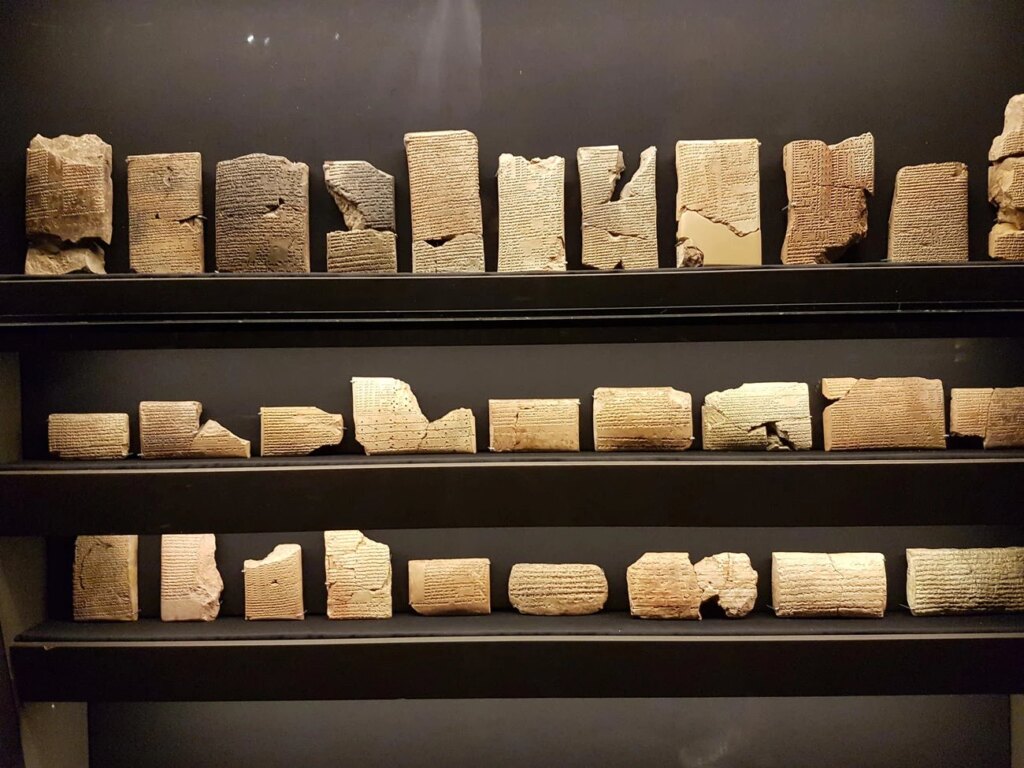
The Fall of Assyria
The nature of Ashurbanipal’s death is lost to history, but it is believed he died of natural causes in 631 BCE. Over the following decades, Ashurbanipal’s sons Aššur-etil-ilāni, Sîn-šar-iškun, and Aššur-uballiṭ ruled over the empire in succession, battling to hold Assyria together while waging war with the rebellious Babylonians to the south, and the Medians to the east.
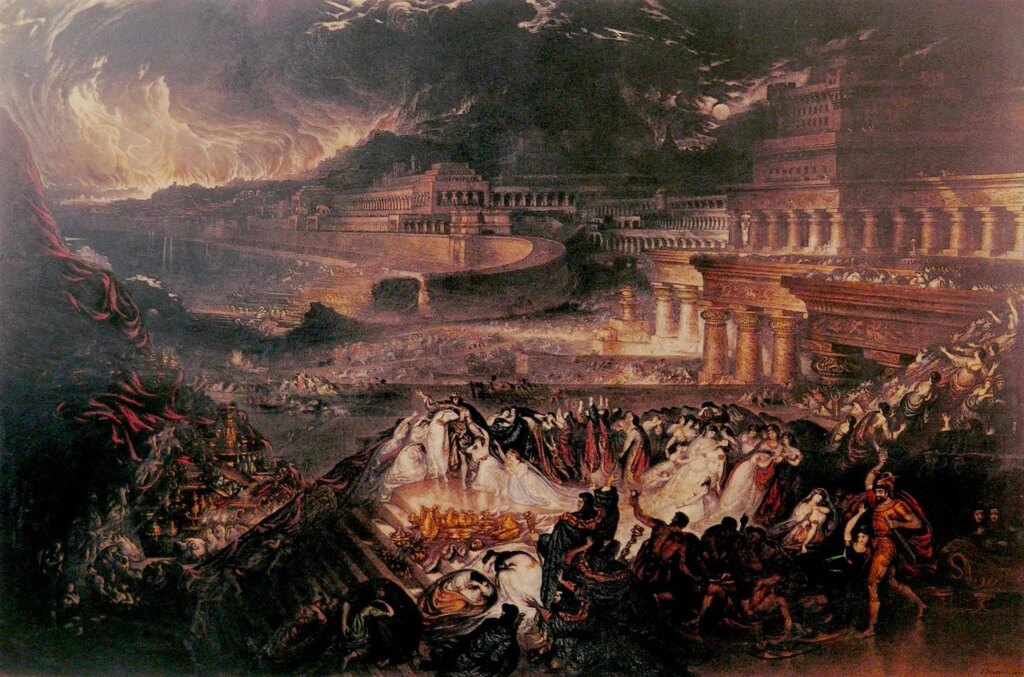
Assur was sacked in 614 BCE, and Nineveh fell two years later. The capital of the empire moved to Harran, where it remained for another two and a half years before Harran too was taken by Medo-Babylonian forces. The great Assyrian monarchy, and its long lineage, were no more.
The Second Babylonian Empire that took its place would not last either. Less than a century later, the Persian Achaemenid Empire defeated the Babylonians at Opis. In the centuries and millennia that followed, the Assyrian capital at Nineveh would decline. By the Middle Ages, the city was largely abandoned, along with Ashurbanipal’s royal court, and his library.
A Connection with the Past
In 1849, archeologists working on the site at Nineveh discovered something remarkable. In the South-West Palace of Sennacherib, a vast library of texts was discovered – the first glimpse of this trove of literature and scholarship in centuries. Three years later, Hormuzd Rassam discovered another library close by, in what had been the palace of Ashurbanipal.
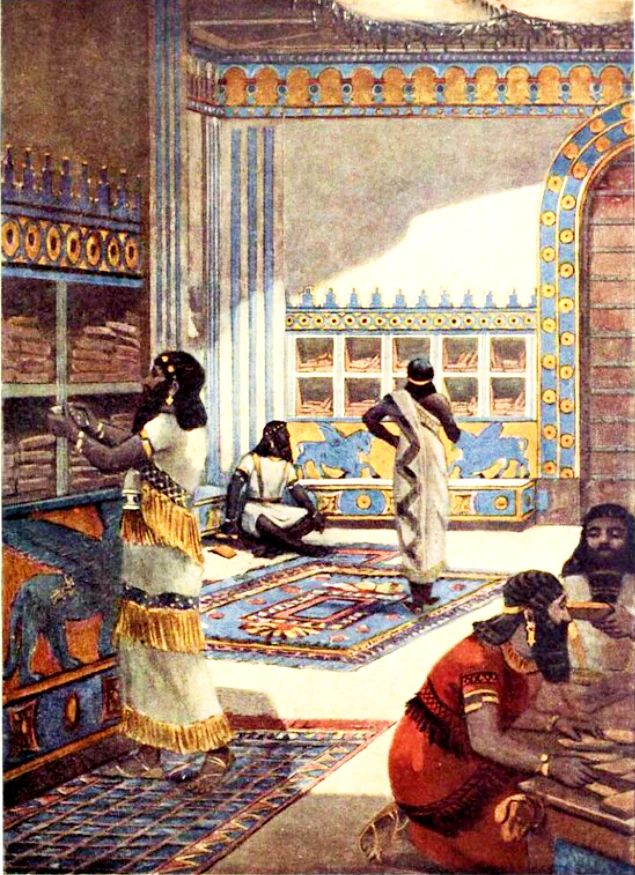
As is so often the case with archaeological findings from this era, the contents of the libraries were taken from the site and removed to Europe. Here, the materials were mixed together and then spread among different collections, and today no one is quite sure which texts originated from which library.
Despite the controversy of their removal and the way in which they were subsequently handled, these texts remain a fascinating resource. They are still used to study the culture, literature, and thoughts of centuries gone by, and they are an invaluable connection to our past.
Join our community of 1.5M readers
Like this story? You'll love our free weekly magazine.




